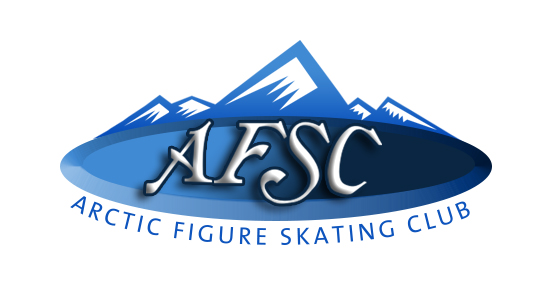Snowplow Sam
Preschool-age skaters develop preliminary coordination and strength to move around on the ice. The introductory classes are divided into four progressive levels for kids with no prior skating experience to build confidence in skating and themselves. Fun and games make this positive experience for your kids enjoyable and memorable.
Basic Skills
The first stage of skills forms a strong foundation for your skaters to explore the world of skating. All will progress at their own pace working toward mastering each skill. Active Start encourages skaters to trade in hesitation for excitement as they grow a love for skating. FUNdamentals harness those skills as agility, balance, coordination and speed become the main focus of this curriculum.
Free Skate
Each Free Skate level is divided into three sections: skating skills, spins and jumps. The levels are designed to give skaters a strong foundation and it is at this point the skater can choose to pursue a recreational or competitive approach to the sport of figure skating.
Ice Dance
The prime components of ice dancing, such as basic edges and turns, come together for the ice dance badge program. Skating alone or with a partner to different music genres, skaters learn the first six dance patterns in the U.S. Figure Skating test structure while embracing the beautiful stories that unfold on the ice.
Synchronized Skating
This program is a fantastic way to introduce the team sport of synchronized skating to anyone participating in group lessons. Block, circle, line, wheel and intersection are the five elements, and each are performed with prescribed handholds. As skaters advance through the various levels, they will learn how to transition properly between elements using multiple holds.
Commonly Asked Questions
“Once I sign up for my Learn to Skate USA membership, what’s next?
”
“What can I expect to happen on the first day of class? What is the procedure for checking in?
”
“How many sessions will it take to progress to the next class level?
”
“How are the classes grouped together?”
“Where do I sign up for classes?
”
“Do memberships only apply to competitive skaters?”
“Do I have to become a member?”

